Leeham News and Analysis
There's more to real news than a news release.
Bjorn’s Corner: Aircraft engines in operation, Part 3
February 3, 2017, ©. Leeham Co: In the last Corner, we went through how our airliner engine reacts to the different phases of flight, including what happens when we operate in a hot environment.
We also showed how engine manufacturers make a series of engines with different thrust ratings by de-rating the strongest version through the engine control computer.
We will now look deeper at how engines are controlled and why so-called flat-rating is important. Read more
A380, from flagship to LCC mass transport
By Bjorn Fehrm
January 23, 2017, ©. Leeham Co: The Airbus A380 was introduced as the flagship aircraft for an airline’s fleet. Legacy carriers with a large long-haul network introduced the aircraft on the routes with the most traffic in the network. After an initial rush of inductions, only Emirates continued to buy the aircraft in larger numbers. The aircraft had become too large for the airlines which sought frequency over capacity at their hub airports.
Airbus and its leasing partner, Amedeo, are convinced the aircraft will have a second spring when airport congestion has grown in the next decade. Until then, both are seeking the market niches that will keep production at minimum one aircraft per month.
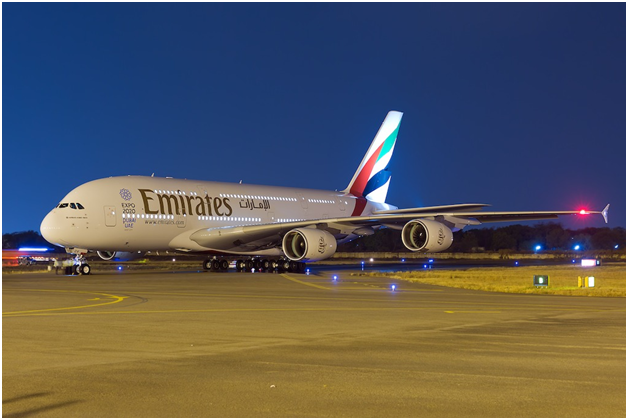
We sat with Amedeo’s CEO, Mark Lapidus, at the Air Finance Journal conference in Dublin to find out what market will require a new or used A380. Lapidus has spent the last two years in meetings with the world’s major airlines, discussing all aspects of operating an A380. He presented some surprises.
A380 cost analysis
Subscription Required
Introduction
Jan. 23, 2017, © Leeham Co.: In a sister article, we will describe how Airbus A380 might change from a flagship aircraft for legacy carriers to a competitive tool for long-range LCCs.
This change of the A380’s profile is based on bringing cabin densities to the levels of other long haul aircraft. We have historically made detailed operating costs studies of the A380 versus other large long-haul aircraft.
With the possible change in the aircraft’s operating profile, we decided to update the study with the A380ceo pitted against its main competitors, Boeing’s 777-300ER and 777-9. Different from the previous study, we now compared all aircraft in a higher density, two-class seating.
Summary:
- The A380neo is pushed out in time for now. Airbus has instead started a cabin density program.
- We update the study of A380 versus its main competitors to see if the cabin changes goes far enough.
- In the last study, the A380 had lower seat mile cost than 777-300ER but was beaten by the 777-9.
- We check if a denser cabin makes the A380 competitive with the 777-9
Airbus sets new delivery record for 2016
By Bjorn Fehrm
January 11, 2017, ©. Leeham Co: Airbus Commercial Aircraft presented a new record in yearly deliveries at its Press Briefing in Toulouse today. The division of an integrated Airbus (therefore Airbus Commercial Aircraft, ACA) delivered 688 aircraft during 2016, thereby beating its target of 650 aircraft for the year.
Orders were also higher than expectations at 731 net orders, giving a Book to Bill of 1.06. The market, including LNC, widely expected Airbus to fall somewhat short of a 1:1 book:bill.
There were no formal forecasts given for 2017. ACA President Fabrice Bregier stated that he expects it to be over 700 deliveries but full details will given at the Airbus Group’s financial press briefing in February.
Pontifications: Embraer, contrary to others, looks to momentum in 2017
Jan. 3, 2017, © Leeham Co.: Airbus, Boeing and Bombardier look toward 2017 as a bit of a punk year, as detailed in our Look Ahead for subscribers only. Not so by Embraer.
In an exclusive interview, John Slattery, the president of Embraer Commercial, said EMB will gain “momentum” this year. This is at a time where sales at the other three of the Big Four OEMs are expected to slow off an already slow 2016.
Bjorn’s Corner; Turbofan engine challenges, Part 7
December 16, 2016, ©. Leeham Co: After the turbine comes the engine’s exhaust system. This is where the thrust characteristics of the engine are formed. It is also the environment that defines the back pressure for the fan and turbines. It’s therefore more high-tech than one thinks.
For the very high bypass airliner engines of tomorrow, the common fixed bypass exhaust of today (Station 18 in Figure 1) will not be acceptable. Variable exhaust areas will have to be introduced.
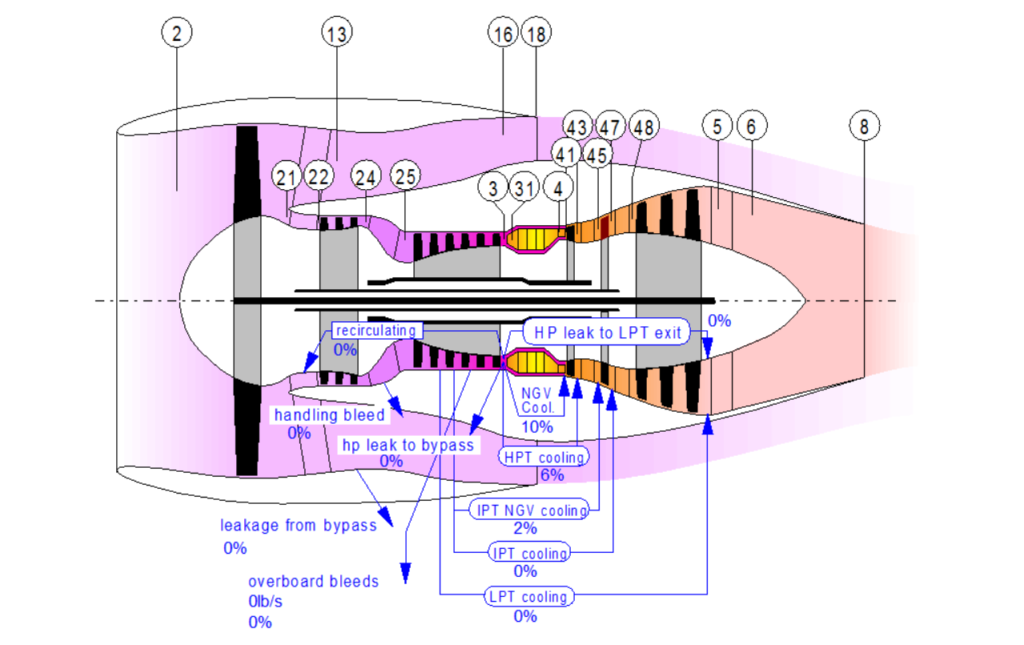
Figure 1. GasTurb principal representation of a three shaft turbofan like our reference Rolls-Royce Trent XWB. Source: GasTurb.
On engines that function in high supersonic speed, it gets really complex. Not only is the exhaust area variable, it must have a dual variation exhaust, a so-called Con-Di nozzle.
The Boom SST engine problem, Part 4
By Bjorn Fehrm
Subscription required
Introduction
December 15, 2016, ©. Leeham Co: In our article series around the engine for a Boom SST, we established the thrust requirements for the engines in Part 3.
To fulfill these requirements, we have now designed four different engines. Three are of the type that Boom says it is considering, an engine that is based on an existing core.
We based these around a military core with the right characteristics for a low-to-medium bypass SST engine. The fourth engine is a custom-designed straight turbojet, very similar to the engine that propelled the only operational SST, the Concorde.
We will use the reference turbojet to understand the difference to a turbofan in this application and why the selection of an engine for a SST follows different rules than for a normal airliner.
Summary:
- Supersonic flight requires engines with low frontal areas and low mass flows.
- Should the engine be designed as for a normal airliner, the inlet drag would be prohibitive.
- The engine also must have a low pressure ratio core; otherwise the energy of the fuel is wasted on non-productive work.



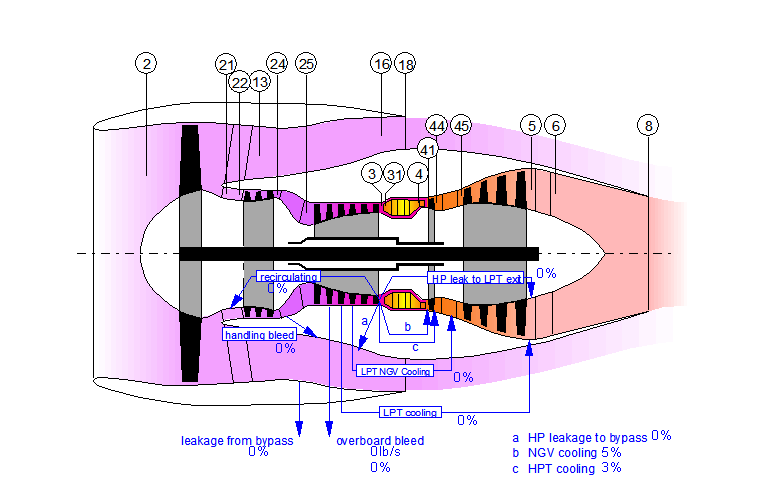

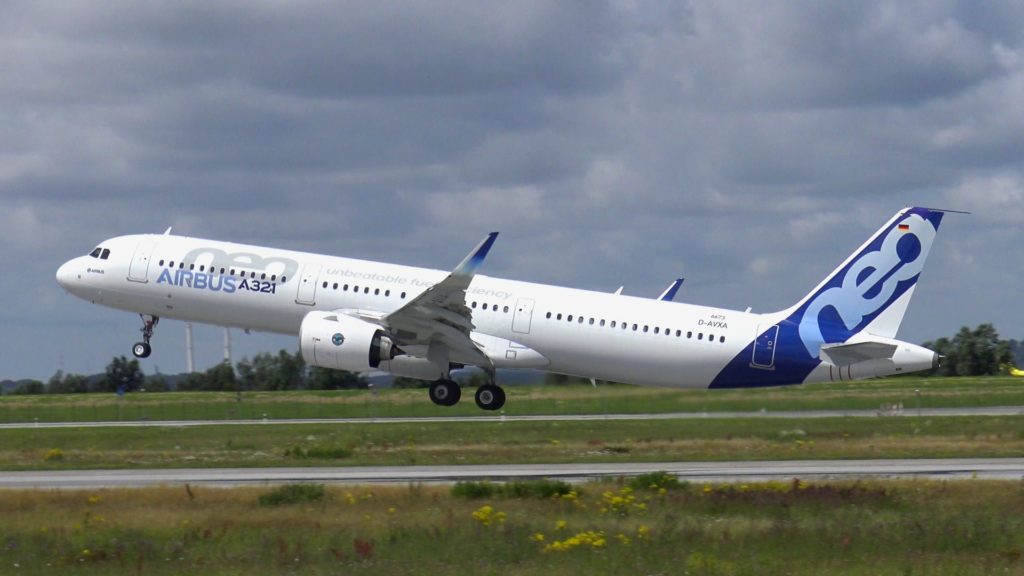
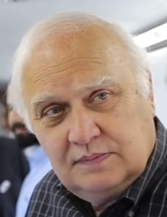
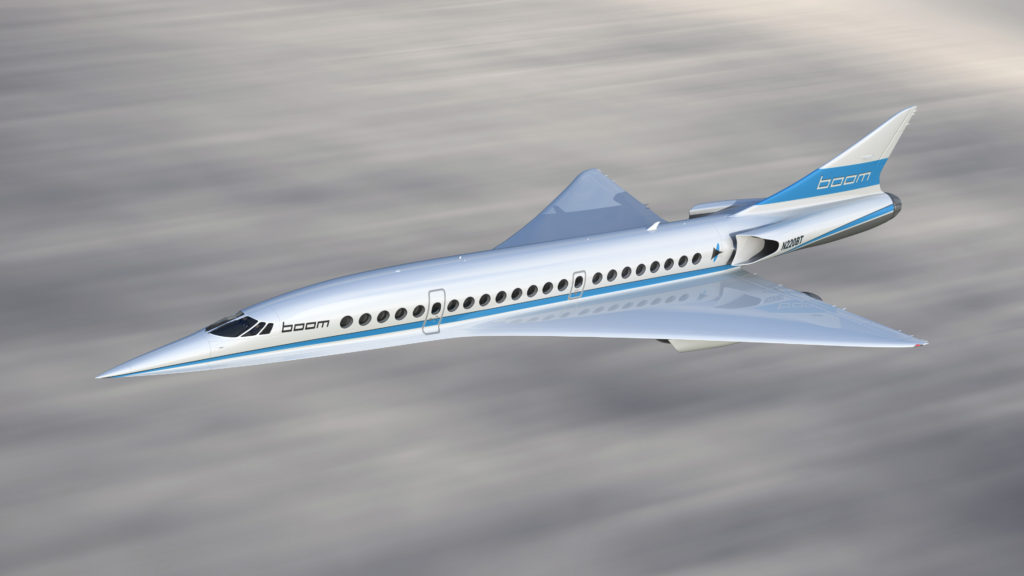
Deferrals grow as airlines fight to keep bottom line
Subscription Required
Introduction
Jan. 09, 2017, © Leeham Co.: Airlines have deferred or are thinking about deferring more than 400 airplanes in the near term, a review of decisions and deliberations that have been made during the last 12 months.
LNC tracked announcements last year of deferrals and statements by airlines that they are thinking about doing so.
We began identifying macro-level issues last week in our posts about emerging concerns for the 787 and LNC’s Outlook for 2017.
Reasons vary widely for the deferrals, these reports indicated. Low oil prices. Slowing economies. Declining financial results. Worries about two of the three top Middle Eastern carriers. A capital squeeze in China. Pressure on long-haul carriers from the emerging sector of low cost, long-haul airlines. Preserving capital expenditures to keep the bottom line in the black.
Today we detail the deferrals we tracked.
Summary
Read more
1 Comment
Posted on January 9, 2017 by Scott Hamilton
Airbus, Airlines, Boeing, Bombardier, Delta Air Lines, Leeham News and Comment, Pratt & Whitney, Premium, Qatar Airways, Rolls-Royce
777 Classic, 787, A380, Airbus, airlines, Boeing, Bombardier, Emirates Airlines, Goldman Sachs, Qatar Airways